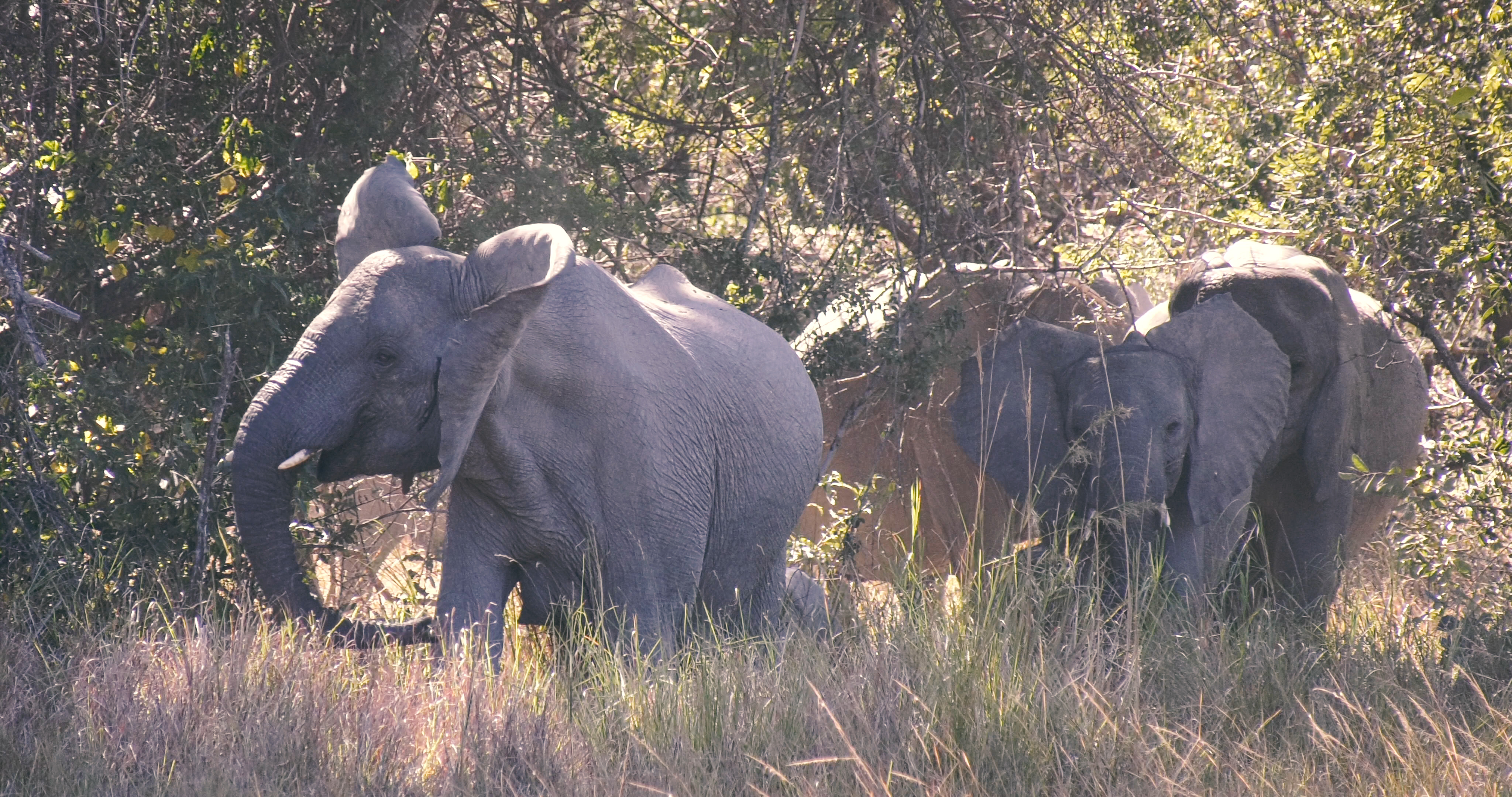The concept of sustainable use of natural resources, is a primary strategy in protecting Africa’s ecosystems, wild places and wild creatures and in supporting rural socio-economic development. It is a cornerstone philosophy. Not the frequently and emotively presented image of illicit trading in rhino horn, elephant ivory, lion bones, pangolins and great apes, that so confuses the illegal trade and trafficking with the logical management and use of biological resources. Nor that which confuses the controlled and sustainable harvesting of well managed and viable wildlife populations, with the corrupt abuse of scientific and legal controls; the perversion of hunting ethics and, so often, with poaching.
Rather, it is a strategy that embraces the whole gambit of natural resource use based on an understanding of biology and ecology, and their relevance in, and holistic integration into, the socio-economic development of Africa’s rural people. One that also recognises that the ecosystem services provided by those wild areas, often owned and inhabited by rural communities, are an “essential global commodity” – one well worth paying for.
It is the needs and opinions of those rural people living with wildlife in Africa, whose numbers and demands for land and prosperity are growing exponentially, that are ultimately pertinent in the survival of much of the Continent’s natural, wild environment. They, many of whom are yet to appreciate just how their future could depend upon the sustainable utilisation of that wildlife, are the key. They will be the final decision-makers.
The successful application of this philosophy and, by implication, the survival of African wildlife, depends on providing the means and opportunities, including appropriate funding, education and training, for rural people to take responsibility for their own socio- economic development. Development based on the sustainable use of that wildlife and the other renewable natural resources available from effectively functioning ecosystems – including selectively located and protected agriculture, fisheries and domestic livestock systems.
If the economic returns of wildlife-based land-use are not better than the opportunity cost of alternative enterprises on that land, much of Africa’s wildlife will pass into history.
In addition to human population growth, the most obvious and widely documented issue facing the African natural environment, and hindering Her rural economic development, is the illegal trade in wildlife and wildlife products. However, the solution is complex and multi-faceted. Field operations, intelligence, trained rangers, equipment, transport and communications are all part of the frontline, but are just one element of the whole strategy. Education in source and end markets; demand reduction through awareness; appropriate legal systems linked to supportive judicial systems; combatting of corruption along the whole supply chain; cooperation between countries and, again and fundamentally, the inclusion of local communities living with wildlife in the benefits of wildlife management and utilisation, are all critical.
However, it is the latter issue where Africa most urgently needs investment, funding and support efforts to be directed. This is not to say that any other avenues of conservation and rural development action should be diminished, but the key element in controlling the poaching assault and ensuring that land is used for wildlife in the long term, is the provision of sustainable, natural resource and wildlife-based economic development alternatives for poverty stricken rural communities; especially those living adjacent to, or in, wildlife areas. Critically, that includes a concerted, multi-faceted effort to contain human population growth.
In essence, for ecosystem and wildlife conservation efforts to have any chance of success beyond isolated pockets of protected areas, will require substantial investment into the aforementioned land management and development strategy. Many rural communities which could use wildlife to support economic development, frequently do not have the means to initiate a programme that will break them out of the cycle of poverty – poverty that results in them degrading or destroying the very resources of land and wildlife that are their most likely source of a solution.
The scourge of poaching and the illegal trafficking of wildlife which is sweeping across the continent at the moment is not just a high profile decimation of some of Africa’s most iconic species, it is a threat to long term development and one that could equally threaten political and social stability.
It is important to bear in mind that if conservation in Africa is about integrating rural people and sustainable socio-economic systems with the land and landscape in functional ecosystems, then the elephant, rhino, great apes and other high profile, charismatic species are merely the torch bearers for the conservation of all wildlife in Africa. To focus conservation efforts on these species and individual animals at the expense of investing in habitat, ecosystems and rural people, is likely, all too soon, to consign many of Africa’s wild species to extinction.
There is, thus, a compelling case for advocating the investment of finance, materials and expertise into innovative land-use planning; into wildlife-based development of rural community land, and into the education of, and creation of economic opportunities for, rural people by private, institutional and government investors. Investment in rural communities is one of the most significant conservation imperatives for the future of Africa.
“Stop poaching rather than catch poachers by giving the poacher a reason to become the wildlife guardian” Garth Owen-Smith


